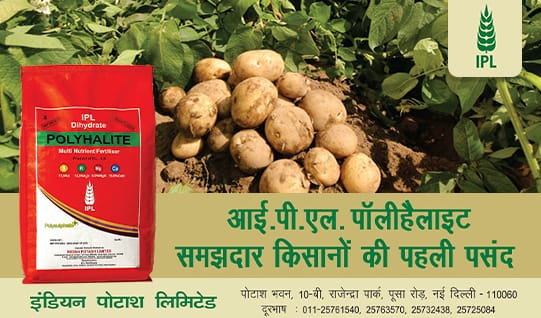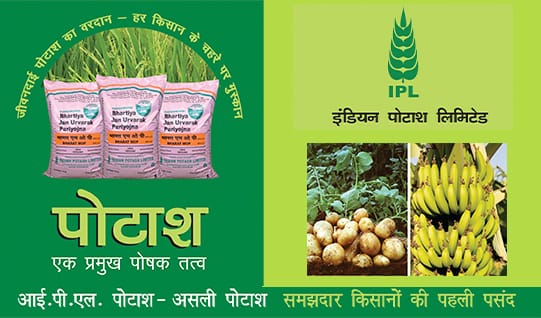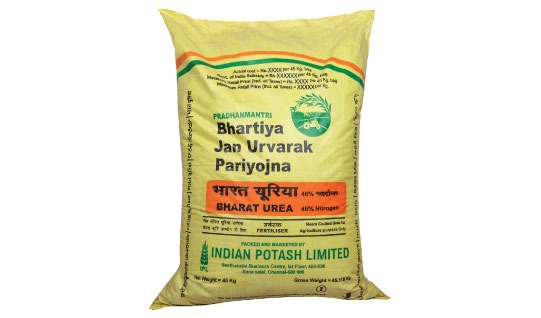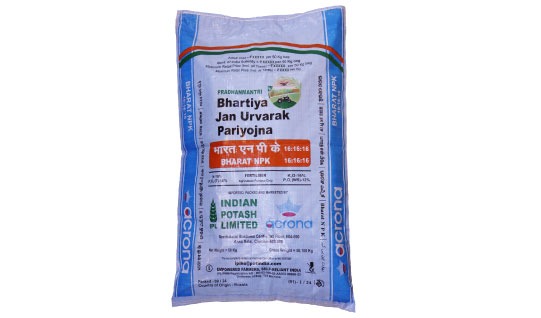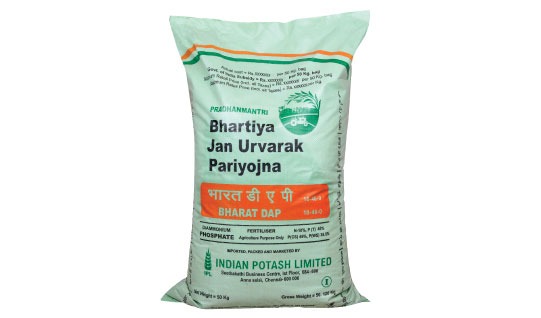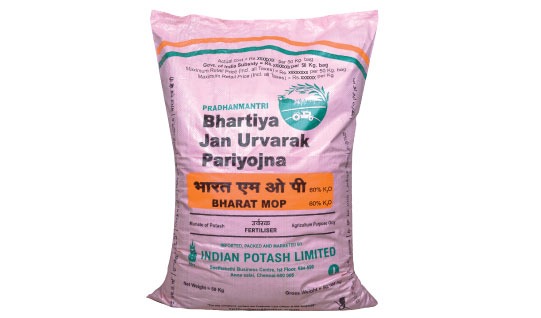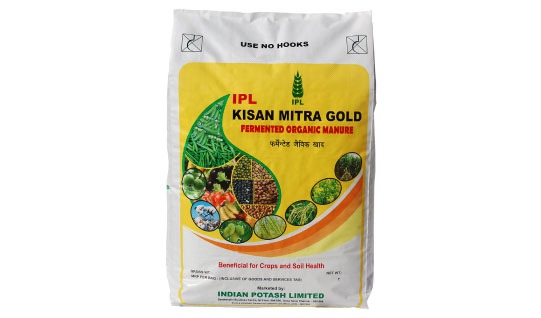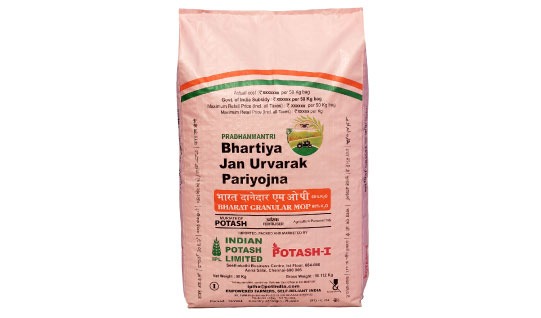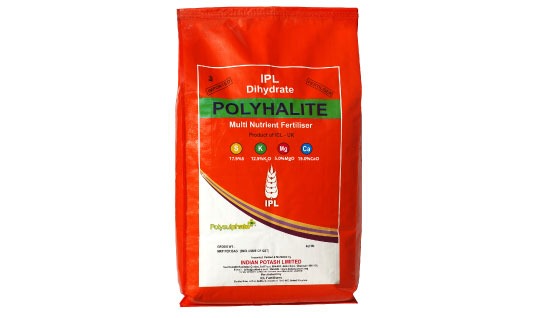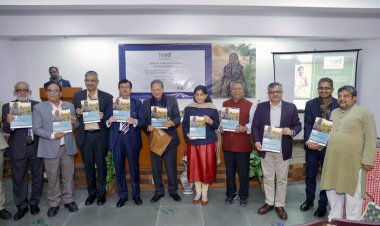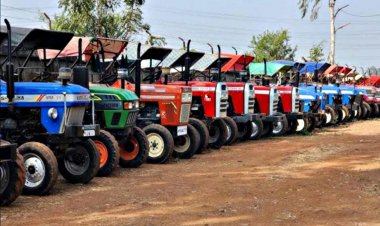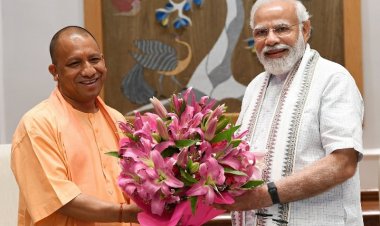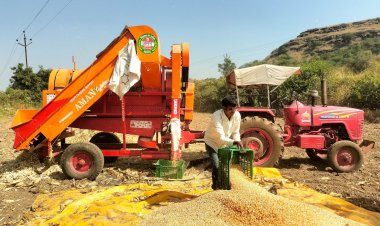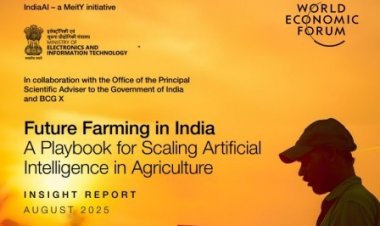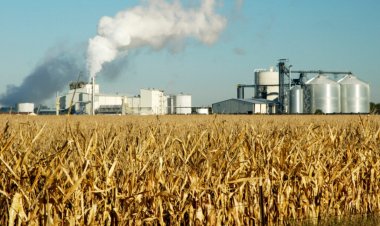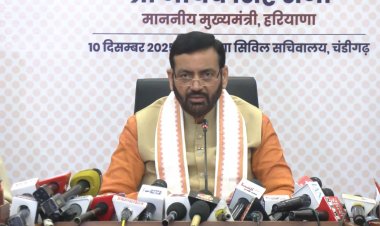Southwest Monsoon Arrives in Kerala, Earliest Onset Since 2009: IMD
The monsoon reached Kerala on Saturday, making it the earliest onset over the Indian mainland since 2009, when it had arrived on May 23, according to the India Meteorological Department (IMD).
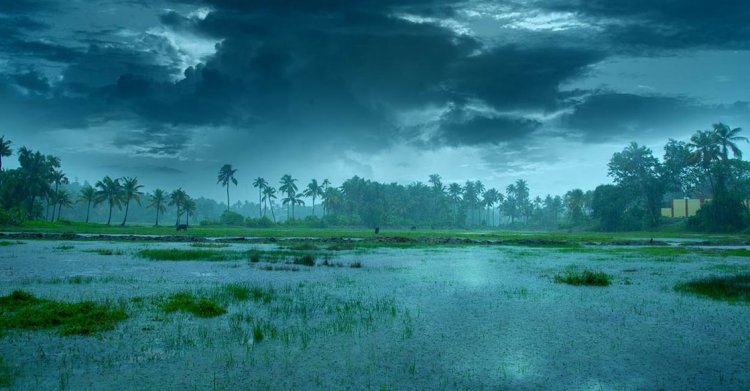
The South-West monsoon made an early arrival in Kerala on Saturday, marking the earliest onset over the Indian mainland since 2009, according to the India Meteorological Department (IMD). The early arrival—on May 24—beats the normal onset date of June 1 and suggests a potentially active season ahead.
This is the earliest monsoon onset over Kerala since May 23, 2009. According to IMD records, so far in the history of the Meteorological Department, the monsoon first reached Kerala on 11 May in the year 1918. At the same time, in 1972, the monsoon reached Kerala the latest, on 18 June.
While early onset creates expectations of a good monsoon, IMD officials caution that the timing of onset is not directly correlated with total seasonal rainfall. "The monsoon is influenced by various global, regional, and local factors, including sea surface temperatures and atmospheric patterns. An early onset in Kerala does not guarantee early progress elsewhere in the country," an IMD official said.
The monsoon typically progresses northward to cover the entire country by July 8. It begins to retreat from northwest India around September 17 and withdraws completely by October 15.
In its long-range forecast released in April, the IMD predicted above-normal cumulative rainfall for the 2025 monsoon season, easing concerns of an El Niño-induced shortfall. El Niño, a climate phenomenon marked by warmer Pacific Ocean waters, often brings deficient monsoons to the Indian subcontinent. However, current conditions suggest a neutral to La Niña phase, which is typically more favourable for rainfall.
The early onset brings hope for the timely sowing of kharif crops, which depend heavily on monsoon rains. India’s agriculture sector, which contributes about 18% to the GDP and employs over half the population, relies on the June–September monsoon to irrigate more than half of the country’s farmland.
Agricultural planners and state governments are closely monitoring monsoon progress to prepare for effective water management and crop planning across states.



 Join the RuralVoice whatsapp group
Join the RuralVoice whatsapp group
